The Renegauge is one tough, reliable semi-auto shotgun.
I’ve always liked shotguns because they’re extremely versatile. They can be used to hunt everything from squirrels to deer—and even bear—by simply changing loads. A shotgun is also the best sporting arm for knocking birds from the air; very few people can hit a flying bird with a single projectile.
Folks don’t have to purchase a specialized version for specific uses. A regular, 28-inch-barreled pump can be used to put meat on the table during the day and protect the home at night. Few things make a bad guy quake as hard as staring down a big-bore street-sweeper.
Of course, those who want specialized shotguns have many choices, including tactical versions that carry an amazing amount of firepower.
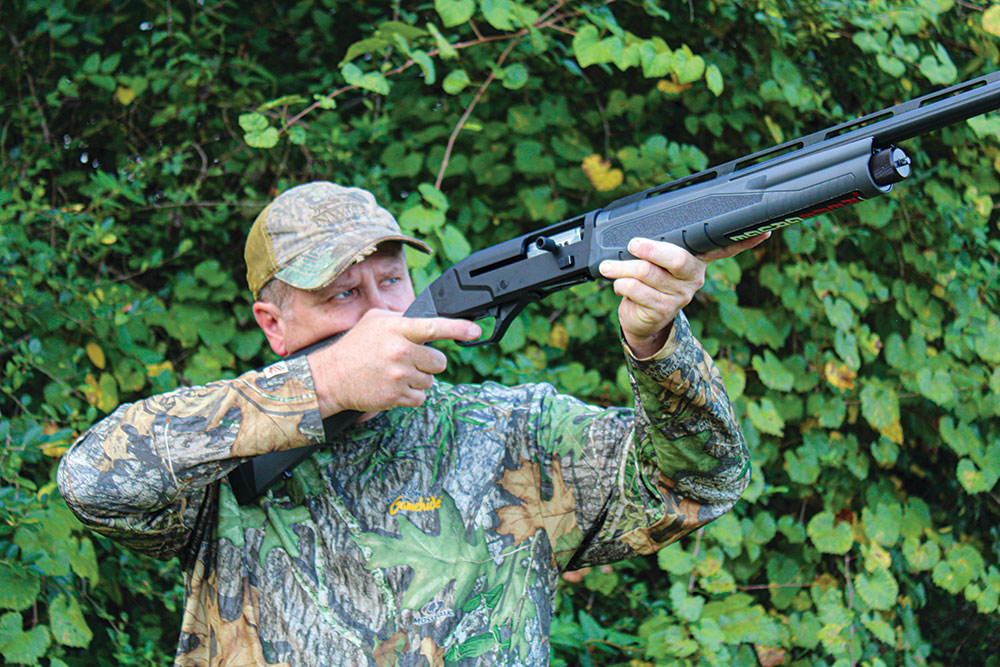
However, I still really like all-around shotguns. So, I was pretty excited when Savage announced it was coming out with the Renegauge.
Savage is mainly known as a rifle company, with most of its smoothbores coming out branded as either Fox or Stevens. But the company does have a long history in shotguns, especially for companies such as Western Auto and J.C. Penney. Many of our fathers and grandfathers ordered firearms through these companies (back when this was legal). I actually have a J.C. Penney version in my safe that was passed down from my grandfather.
The Renegauge, however, is the first Savage-branded shotgun the company has introduced in quite a few years. And the company did it in quite a big way by packing a whole lot of features into one hell of a gun.
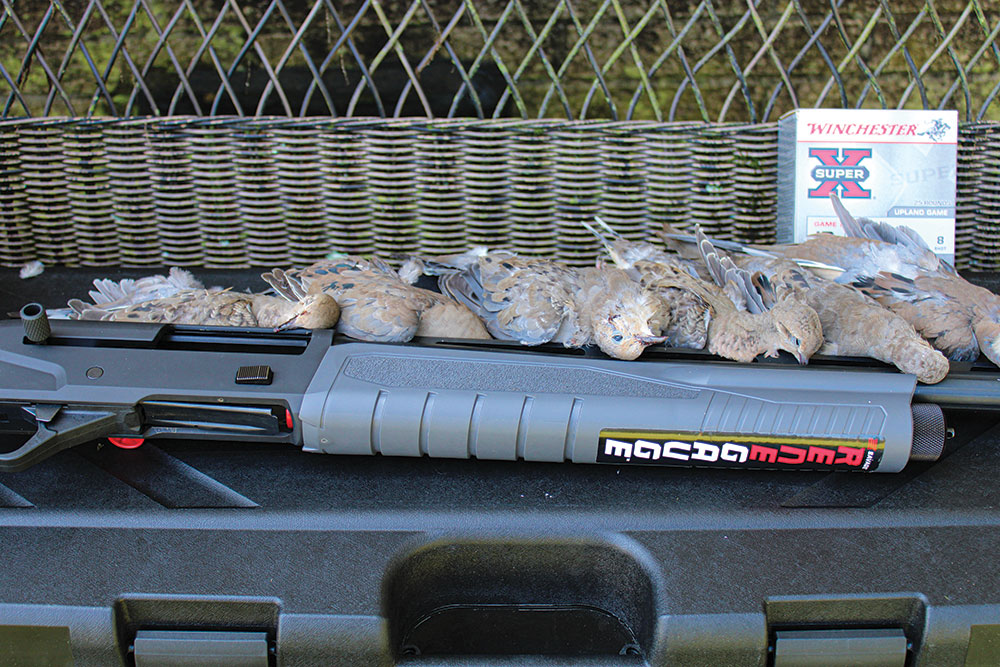
STRAIGHT FROM THE BOX
The Savage Renegauge comes broken down into two sections in a plastic case. The case also holds the parts for adjusting length of pull and comb height, a box for three chokes, a choke wrench, gun lock and a manual. Everything fit nicely into the case, and it even had enough room to get everything back in after pulling it all out, which isn’t always the case.
I received the Field model for testing, so sitting in the case was a shotgun sporting a black barrel and receiver with gray composite stocks. Gray isn’t what typically comes to mind to combine with black on a gun but, in this case, it works. My first impression is that Savage has built a nice-looking gun.
Everything is smooth where it’s supposed to be smooth, including most of the lines. And, where shooters need to grip, Savage included some rough areas to help with purchase. While the Melonite and matte finishes on the barrel and receiver, respectively, got my attention, I was really impressed by the chrome on the inside of this gun.
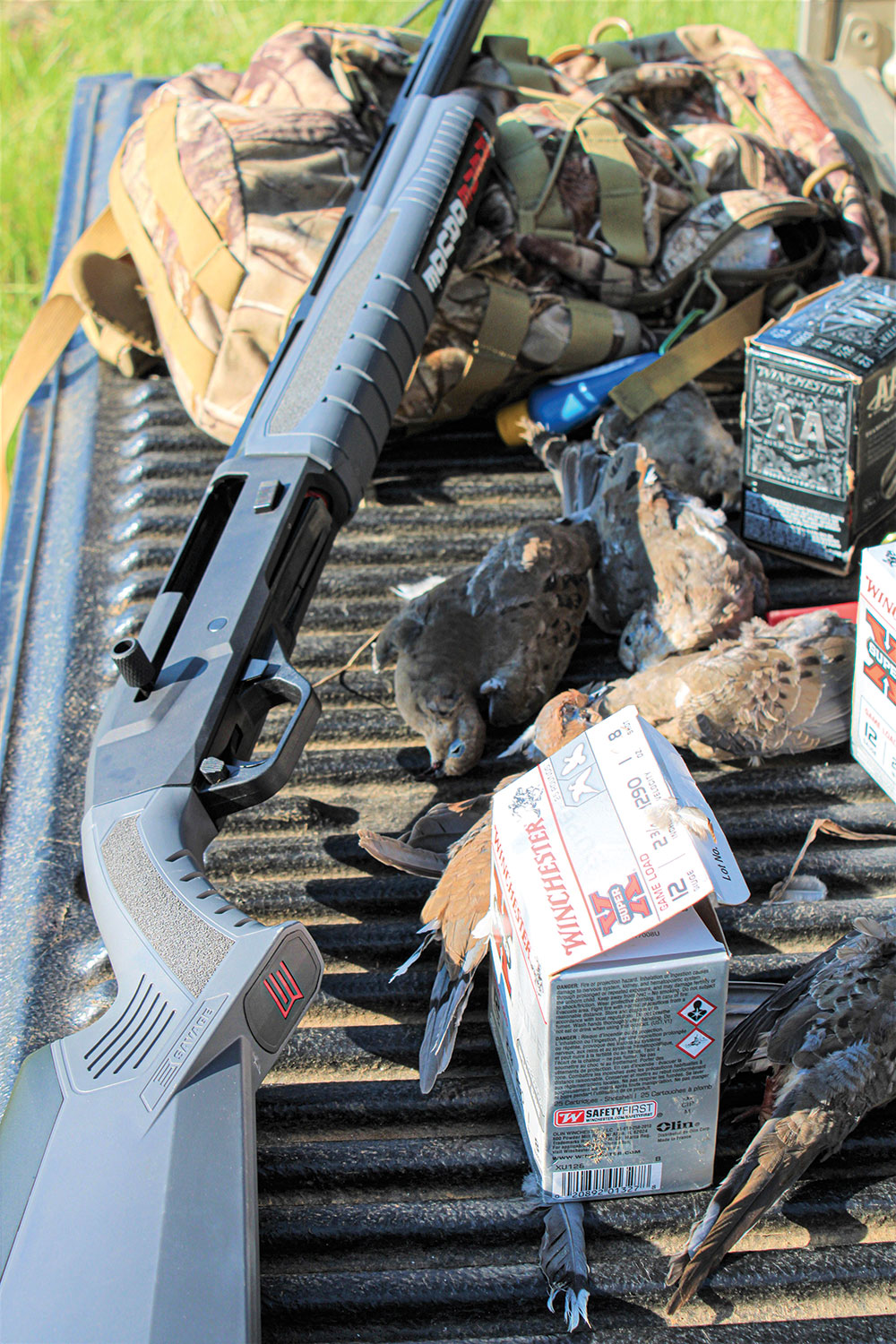
The shotgun comes in two pieces, so it’s easy to notice how Savage chromed the reciprocating components. The company also welded the pusher sleeve onto the bolt carrier to create a one-piece system before chroming the entire assembly. This should make the bolt carrier stronger and much easier to clean.
On closer examination, I noticed that where the buttstock comes into the receiver and where the butt pad comes into the stock weren’t completely smooth. Because Savage included something similar to its AccuFit system on the Renegauge, I figured the slight edges on the sides have to do with needing a little bit of play when changing parts to adjust length of pull and cheek weld. The small shifts in alignment didn’t take away from the aesthetics, so it wasn’t a big deal.
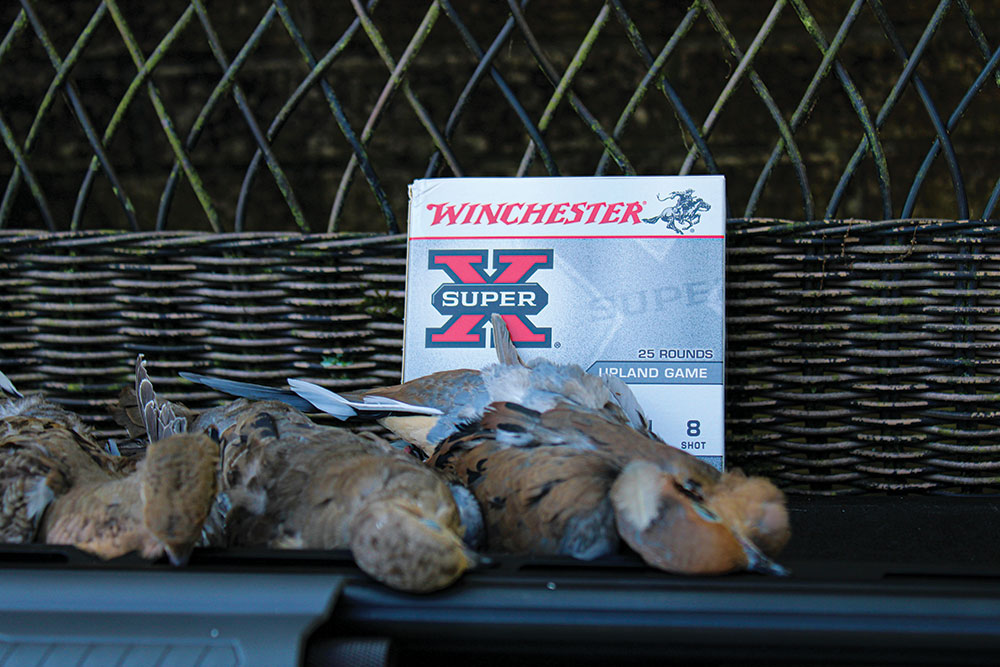
Putting the shotgun together was quite easy. I simply unscrewed the endcap, lined up the barrel and bolt carrier and slid it home. I did have to give everything a decent shove to get everything fully seated and screw on the endcap, but everything went together without much effort.
“ … the Renegauge is everything as advertised. It was light enough for easy handling, adjustable to fit most shooters and extremely reliable. It also hit close to aim, just as a quality shotgun should.”
As I practiced shouldering the gun, I noticed the efficiency of the grip spaces on both the forearm and the grip of the Monte Carlo-style stock. The grips weren’t rough on the hands but provided enough purchase to keep from losing grip. I then noticed the ventilated rib topped with a red fiber-optic sight, the oversized controls and the flared magazine port, all of which should make handling the Renegauge much easier in the field.
Finally, I couldn’t help but admire the fluted barrel, especially because shotgun barrels aren’t usually fluted. Savage fluted the barrel to keep down the weight of the gun, which was an important issue behind this design. The company wanted to produce a shotgun that was reasonably light, reliable and that mitigated recoil.
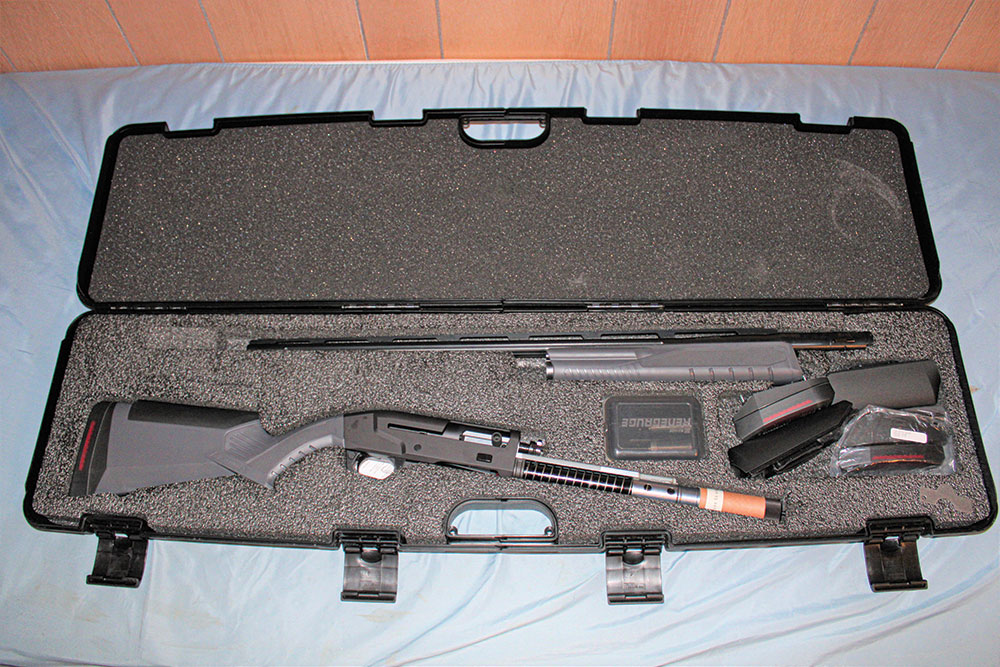
THE RENEGAUGE IN ACTION
Once I had the Renegauge together, it needed some pellets run down the barrel. To start, I popped off some rounds at hand-thrown clays using a variety of older loads, from light rounds to heavier high-brass loads. The Renegauge handled all with ease and with little recoil.
“I ran around 200 rounds through the Renegauge over a two-week period. During that time, it had zero stoppages of any kind, regardless of the load, proving the effectiveness of Renegauge’s gas system in the real world.”
I then set up a target at 50 yards and settled down to run some 2¾-inch slugs. Accuracy was on par with most shotguns. I had some pretty nice three-shot groups that measured under 2 inches, with two measuring just over 1.5 inches. However, I also had a couple that went to almost 3 inches. Recoil during this stage was noticeable, but still manageable, and every round loaded, fired and ejected without problems. At 100 yards, groups spread out considerably, but every shot was within the kill zone of a deer.
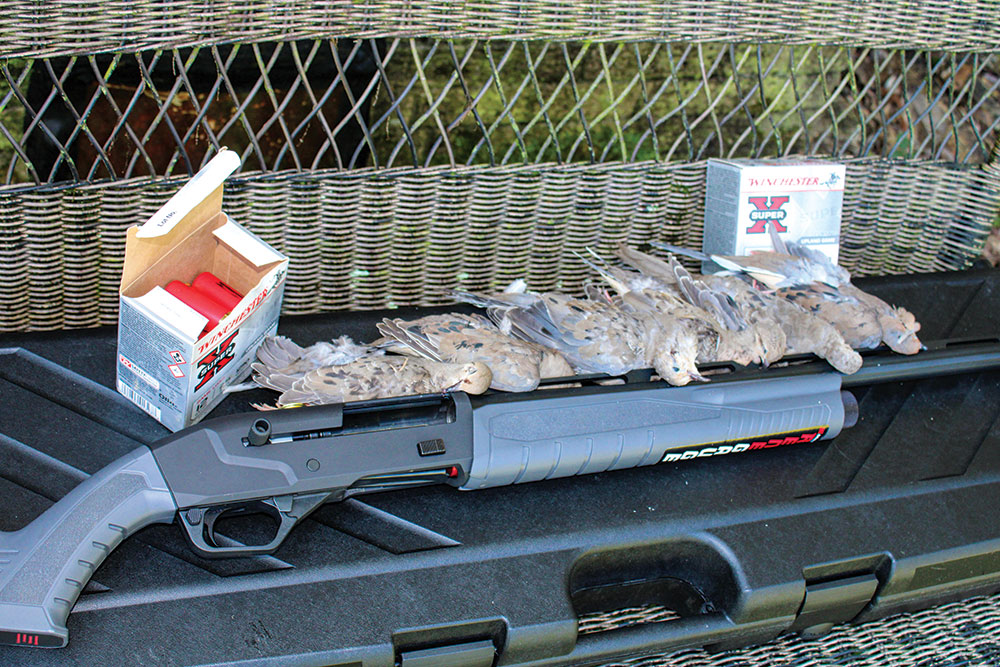
I performed the final test in the real-life setting of a Southern dove shoot. As the birds started coming over the trees and into the field, I had some early issues dropping birds … but I typically do when I haven’t practiced on clays as much as I should.
The Renegauge and I worked well together once I settled down. The oversized controls and wider loading port made for fast reloading to get back into action for the short time birds came in hard and fast. It wasn’t the best year I’ve spent on a dove field, but I still managed to put 11 birds on the ground in fewer than three boxes of shells, so I wasn’t too disappointed. I’ve shot better … and I’ve shot a whole lot worse. However, the Renegauge performed flawlessly.
I ran around 200 rounds through the Renegauge over a two-week period. During that time, it had zero stoppages of any kind, regardless of the load, proving the effectiveness of Renegauge’s gas system in the real world.
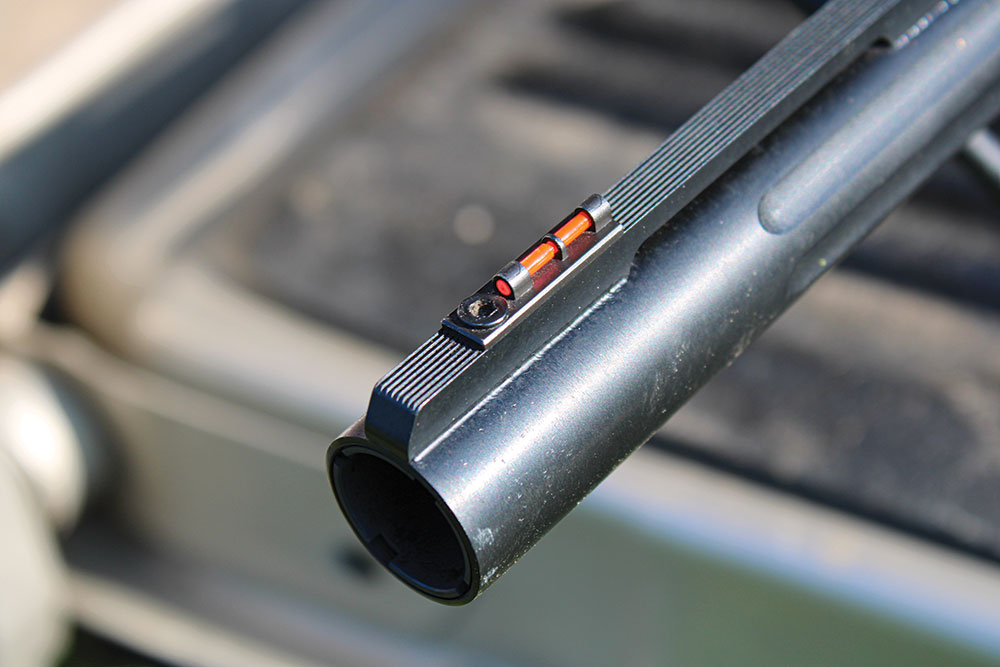
D.R.I.V. FOR SUCCESS
When Savage decided to design and produce a semi-auto shotgun under its own brand, it didn’t try to build the cheapest on the market—or even the best in its price point. The company built the shotgun it felt was the best for its brand by determining what it believed was proper for a semi-auto shotgun. Savage wanted to keep the weight fewer than 8 pounds, allow for it to fit most shooters and be able to run any standard load.
“Overall, I really liked the Savage Renegauge. It shot and functioned exactly as it should, and I had a great time getting to know this semi-auto shotgun.”
To obtain this reliability, Savage created the D.R.I.V. (Dual Regulating Inline Valve) gas system. Gas systems in shotguns aren’t new, and many shooters prefer them, because they typically produce less felt recoil. That’s something that can be important when kicking heavy loads over the course of a day.
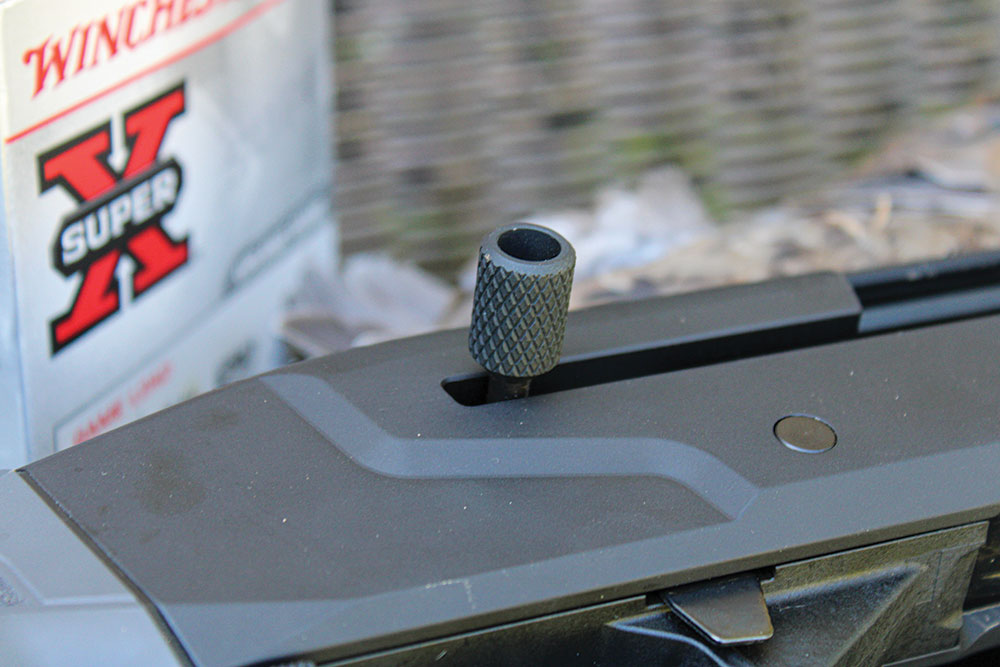
The patented system uses small ports on the underside of the bore to siphon off just enough gas to push the action bar and cycle the gun. Excess gas is then vented out through the front of the forearm. This system provides reliability—regardless of the power of the load—as well as reduced recoil for fast follow-up shots. What’s even better is that the design doesn’t require O-rings or interchangeable pistons. All I had to do was load and fire at the target.
POSSIBLE ISSUES
In use, the Renegauge is everything as advertised. It was light enough for easy handling, adjustable to fit most shooters and extremely reliable. It also hit close to aim, just as a quality shotgun should.
However, I did find two issues; they didn’t affect its use in any way, but they did catch my attention.
The first was the case. The hard-plastic case contained two types of foam, with cutouts to fit all the parts, providing pretty good protection for many travel situations. The case is TSA approved for air travel, but the case bent from outside pressure, which gave me doubts. Sure, it’s a shotgun and not a rifle that sports expensive optics, so it might survive the potentially rough treatment of going through baggage claim. However, if I were flying across the country on a once-in-a-lifetime trip, I’d pack my shotgun in a sturdier case. For driving back and forth for local hunts, though, the case rode very well in the back of the truck.

The second—and more serious—issue was with the barrel. Savage used Melonite (instead of chrome) to protect the barrel during use and from the elements. It’s a neat process that really does make the metal more durable and creates a really nice matte look.
Even so, the barrel of the Renegauge I received for testing wasn’t smooth on the inside. In fact, it looked as if the inside of the barrel had circular ridges running all the way through it.
This didn’t cause any issues in use, because the Renegauge shot like a dream. Even so, I can’t help but wonder if this could cause issues down the line, especially because I discovered that another writer found the same issue with his test gun.
Could these ridges slow down the shot cup, thereby causing the pellets to come into contact with the barrel or create plastic buildup in the barrel? I can’t answer these questions at this time, but I can say that when paying $1,500 for a shotgun, I expect the gun to be completely free of issues, even if those issues are minor and caused zero problems in the field.
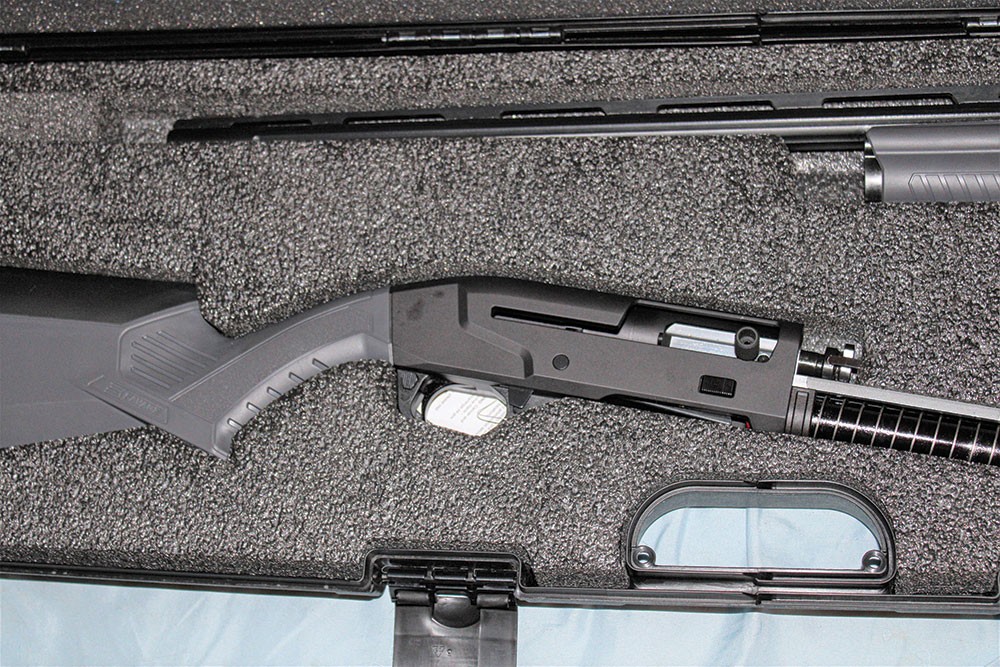
FAVORABLE OVERALL
Overall, I really liked the Savage Renegauge. It shot and functioned exactly as it should, and I had a great time getting to know this semi-auto shotgun.
It handled everything I put through it without a hiccup and felt great in the hands, swinging well on cross birds. It’s also light enough to carry afield or hold in a blind all day, and its recoil was extremely mild, even with heavy loads. I’d just like to see a more heavily sided case included and understand what happened inside the barrel.
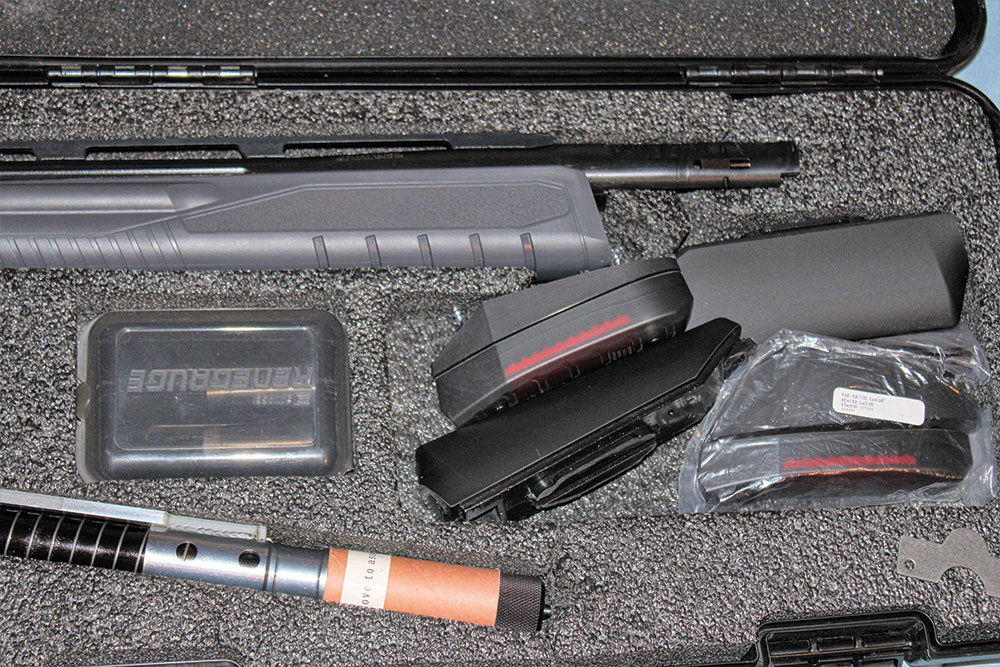
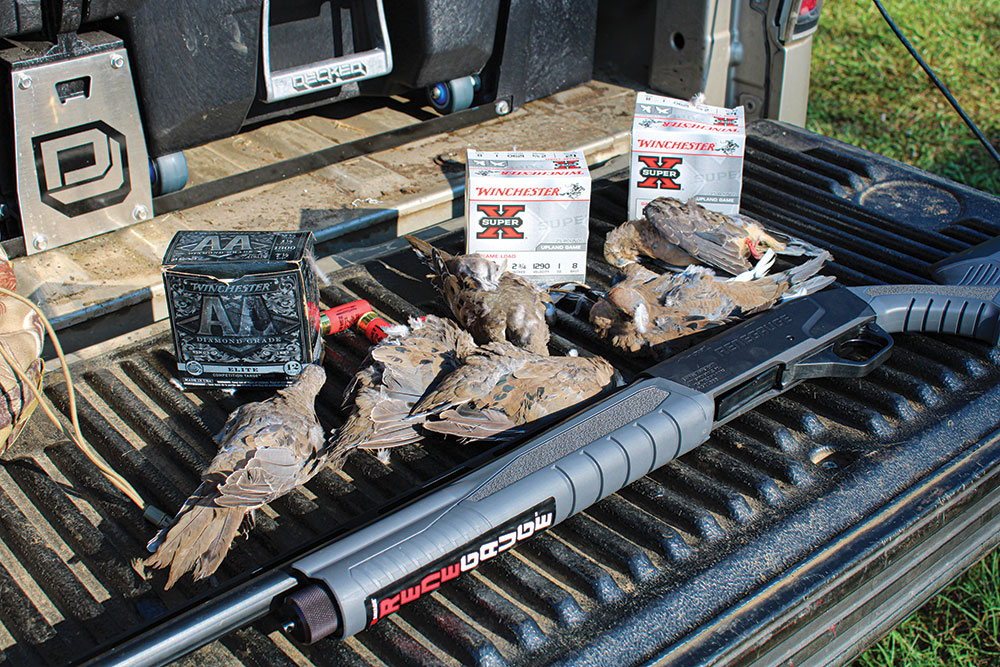
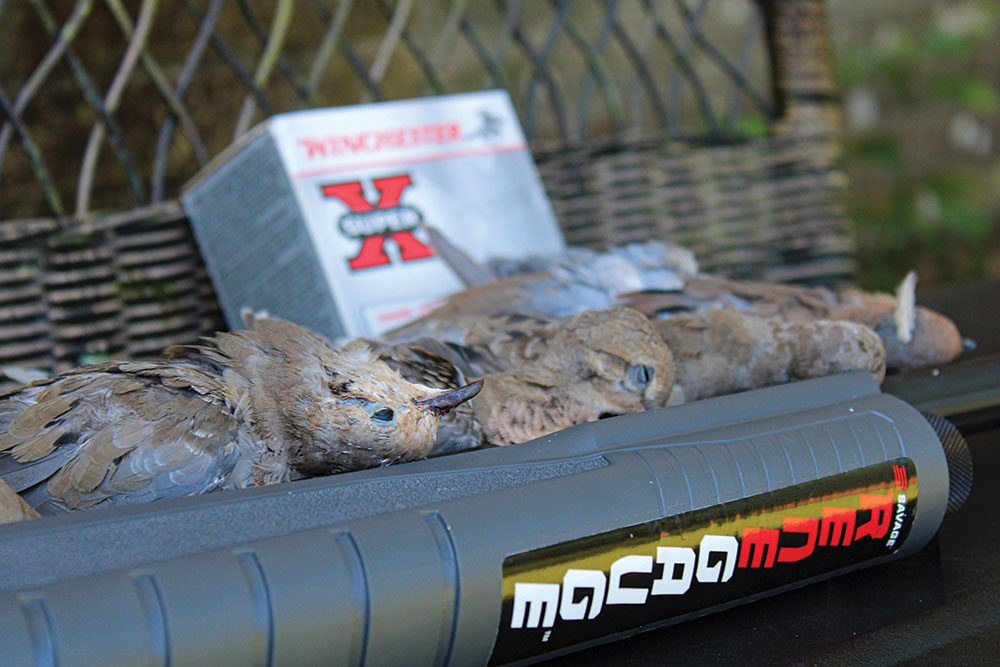
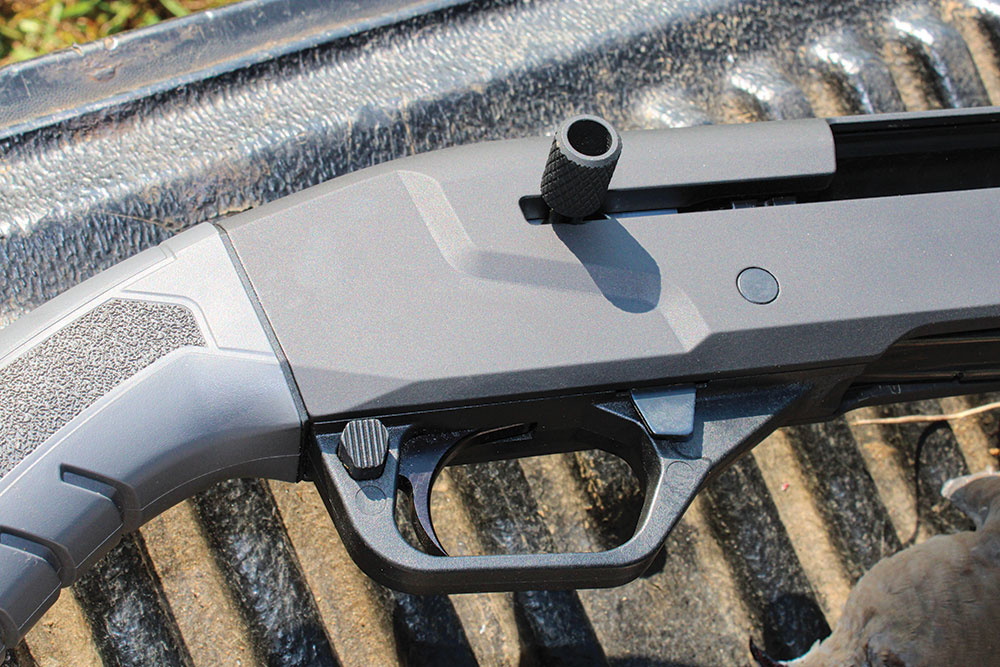
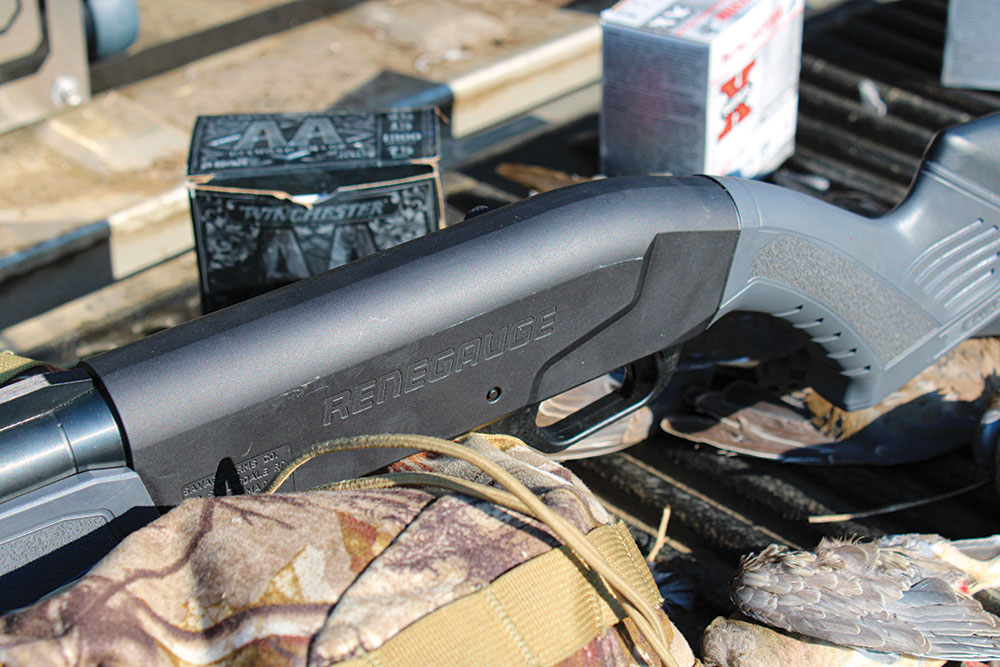
A version of this article first appeared in the February 2022 issue of American Outdoor Guide Boundless.

